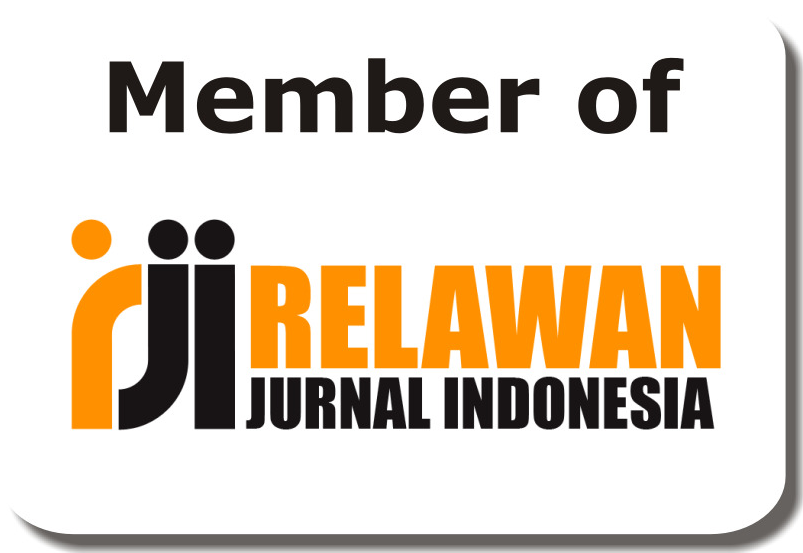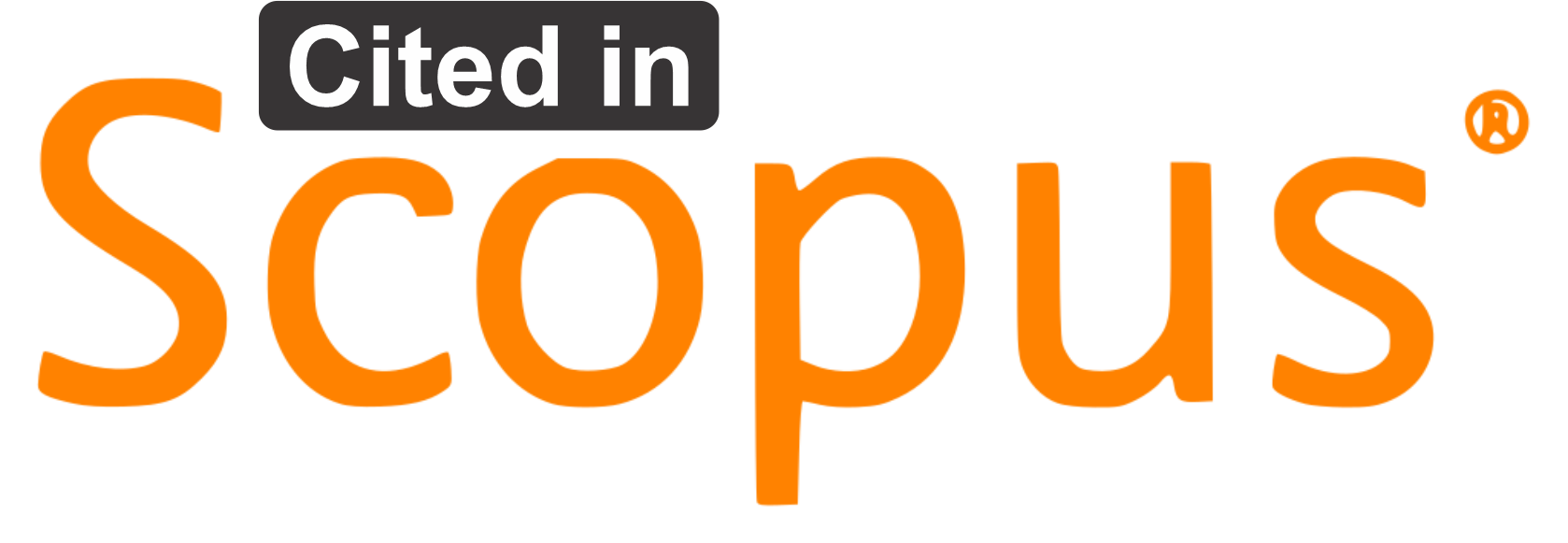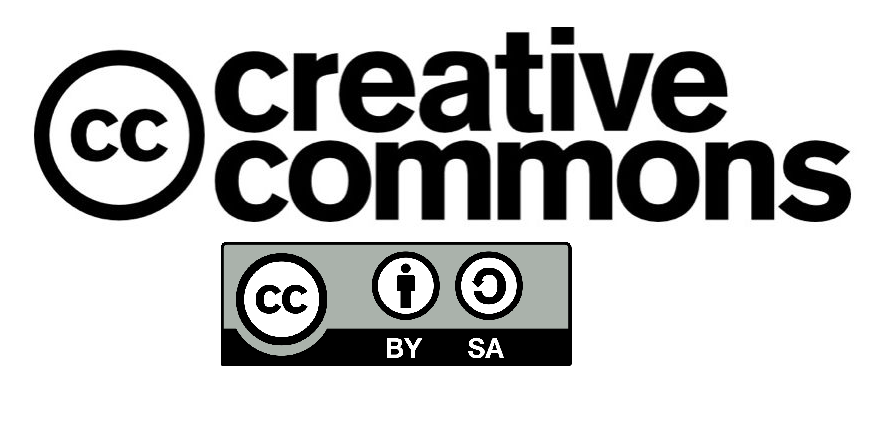Kahoot App as a Digital Evaluation Alternative For Online Learning
DOI:
https://doi.org/10.30983/educative.v6i1.4646Keywords:
Abstract
The use of paper tests has created problems for evaluation such as demotivation, psychological burden, and lengthy scoring process and analysis of answers. Kahoot is an application that offers digital evaluation. Examining the effectiveness of its use is therefore necessary. This Research and Development (R&D) study adopts the ADDIE model (Analyze, Design, Development, Implementation, and Evaluation). The research instrument consists of test items and questionnaire sheets. The results of the validation of items in the category of “appropriate to use†include many revisions and recommendations. The results of the test items obtained as many as 46 questions in the valid category. The results of the practicality test in the “adequately practical†category show a score of 3.80. The effectiveness test results in two test classes were 0.068. The research indicates that this product is usable, but the effectiveness test data obtained show that there is no significant difference between digital evaluations using the Kahoot application. However, the norm reference value differs between the two classes. This means that a visually appealing digital evaluation can increase a student’s enthusiasm for learning
Penggunaan paper test telah memberikan kesan membosankan, beban psikologis, proses skoring yang lama serta analisis jawaban pada soal essay merupakan permasalahan evaluasi. Pleh sebab itu, pengembangan evaluasi digital dengan menggunakan Kahoot dan melihat keefektifan pengembangan kedalam penggunaannya sangat dibutuhkan. Penelitian pengembangan ini dengan mengadobsi model ADDIE (Analyze, Design, Development, Implementation, and Evaluation). Instrumen penelitian meliputi butir tes dan lembaran angket. Analisis data yaitu data kuantitatif dan kualitatif. Hasil data kualitatif dari validator tentang butir soal serta produk berisi saran dan masukan. Hasil validasi butir soal kategori layak digunakan dengan banyak revisi, hasil uji coba butir soal diperoleh sebanyak 46 soal dalam kategori valid. Hasil uji kepraktisan kategori cukup praktis dengan skor 3.80. Hasil uji efektifitas pada 2 kelas ujicoba, didapat sebesar 0,068. Berdasarkan hasil pengembangan, maka produk ini terkategori layak untuk digunakan, namun dari hasil uji efektifitas didapat data bahwa tidak ada perbedaan yang signifikan antara evaluasi digital menggunakan aplikasi Kahoot. Hal ini memberikan makna bahwa evaluasi digital yang menarik mampu merubah semangat belajar mahasiswa. Kendala lain juga difaktori oleh kekuatan provider yang digunakan, sehingga kualitas kecepatan dan kepuasan usebilitas tidak terpenuhi.
References
Calvin E. J. Mamahit. (2021). Pengaruh pembelajaran jarak jauh Model bauran terhadap hasil belajar Dan persepsi mahasiswa [the effect of The blended learning model on student Learning outcomes and perceptions]. POLYGLOT: Jurnal Ilmiah Vol 17, No 1 Jan 2021 page: 67 – 83. DOI: dx.doi.org/10.19166/pji.v17i1.2792
Dimas Amrullah (2020). Keefektifan Aplikasi Kahoot Berbasis Web sebagai Alat Evaluasi pada Mata Pelajaran Sejarah Kelas X di SMAN 1 Wiradesa Kabupaten Pekalongan Jawa Tengah. Skripsi. FIP Universitas Negeri Semarang.
Daintith, Jhon. “Computer-Aided Testingâ€: A dictionary of Computing. (2011). http://www.encyclopedia.com/doc/1011-computer-aidedtesting.html.
Eldarni, Novrianti (2015). Pengembangan Computer Based Testing (CBT) dalam Mata Kuliah Keahlian dan Kemampuan pada Program Studi Teknologi Pendidikan. Jurnal Ilmiah Ilmu Pendidikan. XV (2).
Gres Dyah Kusuma Ningrum. (2018). Studi Penerapan Media Kuis Interaktif Berbasis Game Edukasi Kahoot! Terhadap Hasil Belajar Mahasiswa. Jurnal Ilmiah Ilmu Pendidikan. IX (1), 22-28.
Irwan, Zaki Farid Luthfi, Atri Waldi (2019). Efektifitas Penggunaan Kahoot! Untuk Meningkatkan Hasil Belajar Siswa. Jurnal Pendidikan. VIII (1), 96-104.
Novrianti. (2014). Pengembangan Computer Based Test (CBT) Sebagai Alternatif Teknik Penilaian Hasil Belajar.Lentara Pendidikan. XVII (1), 34-42.
. (2016). Teknik Pengembangan dan Evaluasi Program Pembelajaran Berbasis Multimedia Interaktif. Jurnal Educative. I (1), 58-59.
Novrianti. (2019). Reconstruction of Adaptive and Responsive Educators Levels in Utilizing E-Resource Digital Literacy in the Era of the Indonesian Revolution 4.0 Through E-Modules. Proceeding International Conference on Educational Technology (ICETs) 2019. P 161-164
Syafril & Novrianti. (2017). Pengembangan dan Efektifitas Penggunaan Computer Based Testing Pada Mata Kuliah Evaluasi Pembelajaran Pada Program Studi Teknologi Pendidikan. Jurnal Educative. II (2), 155-164.
Shahabadi, M. M., & Uplane, M. (2015). Synchronous and asynchronous e-learning styles and academic performance of e-learners. Procedia - Social and Behavioral Sciences, 176, 129-138. https://doi.org/10.1016/j.sbspro.2015.01.453
Downloads
Submitted
Accepted
Published
Issue
Section
License
Authors who publish with this journal agree to the following terms:
1. Authors retain copyright and grant the journal right of first publication with the work simultaneously licensed under a Creative Commons Attribution License that allows others to share the work with an acknowledgment of the work's authorship and initial publication in this journal.
2. Authors are able to enter into separate, additional contractual arrangements for the non-exclusive distribution of the journal's published version of the work (e.g., post it to an institutional repository or publish it in a book), with an acknowledgment of its initial publication in this journal.
3. Authors are permitted and encouraged to post their work online (e.g., in institutional repositories or on their website) prior to and during the submission process, as it can lead to productive exchanges, as well as earlier and greater citation of published work (See The Effect of Open Access).










